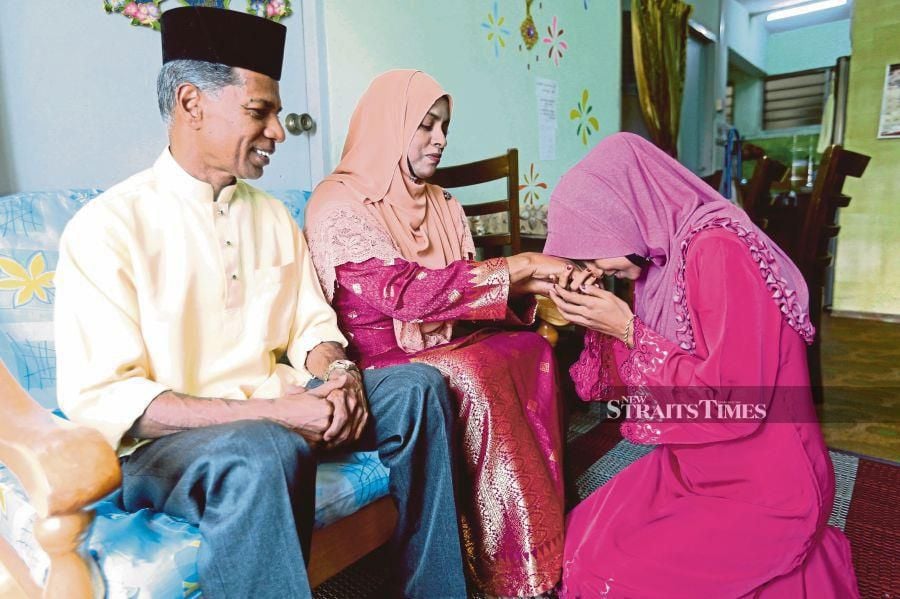The hustle and bustle of contemporary life has taken a toll on an important aspect of Malay tradition — respect for elders.
Our children are now exposed to a barrage of foreign influences that do not reflect our customs and way of life.
The youth stare at their phones, iPads, gaming consoles and computers to release their stress.
Their parents are also immersed in responsibilities to survive in these trying times.
Some traditions might not be suitable now, but most are still useful, especially those on how to interact with elders.
For Muslims and Asians alike, elders have a prominent standing in society. They are to be respected and assisted whenever and wherever possible.
However, in mass and social media, our elders are being mistreated, ridiculed and even victimised by those who are younger than them.
One solution is to revive traditions that revere elders.
One example is the salam.
The salam I'm referring to is not the Muslim oral greeting of Assalamualaikum, but the action of greeting the elders. When I was a child, my mum would guide both my hands to the person's hand and then I had to bring my forehead to it.
I realised my siblings and other children were doing the same each time we crossed paths during special occasions and Raya holidays.
I took this act for granted until I started to teach silat in Kuala Lumpur. After a tiring training session, I told the students to line up and salam their teacher and seniors. I was stunned when each one of them gave me a handshake, which is the Western way of giving and taking just one hand of the person and move it in an up and down motion.
I had to explain to them (and also their parents at the sides) the correct etiquette in giving salam. Only after I mentioned this to my silat teachers that I knew this was a common trend among the youth who initially came to learn silat.
Another example of a tradition that gives respect to elders that I do not witness any more among the youth is to place the right hand in front, the left hand at the back, and bow a little whenever one walks in front of elders.
Failure to do so would result in a caning at most. That was how esteemed elders were viewed at that time.
Parents and teachers can still educate their kids and students on this, at home or school. That should be the norm.
A cultural institution that practices these gestures today is the silat gelanggang. The gelanggang or training area is a cultural space where silat teachers instruct practitioners to defend themselves and follow age-old traditions including gestures toward the elders.
We do this because we inherited them from our teachers as an amanah, or trust. This fact alone makes the silat gelanggang a sanctuary for Malay cultural traditions.
It is a perfect mechanism to safeguard traditions that I think should be nominated by our government to Unesco as a heritage entitled "Malay Gestures of Respect".
Other examples include to lower one's voice when elders are speaking and to show directions with the thumb.
When a person asks for directions, traditionally we would not use the index finger because it is considered rude. One should use the thumb to indicate the path to take.
The most appropriate manner is to use an open palm gesture. These gestures of respect might not seem important to millennials and those younger.
It is us elders, adults and older generations that need to re-educate them, including ourselves, on their usefulness in current society.
It has only been 65 years since independence. Let us ensure that these traditions would last 100 years and more.
The writer is senior lecturer at the School of Tourism, Hospitality and Event Management (STHEM), Universiti Utara Malaysia





